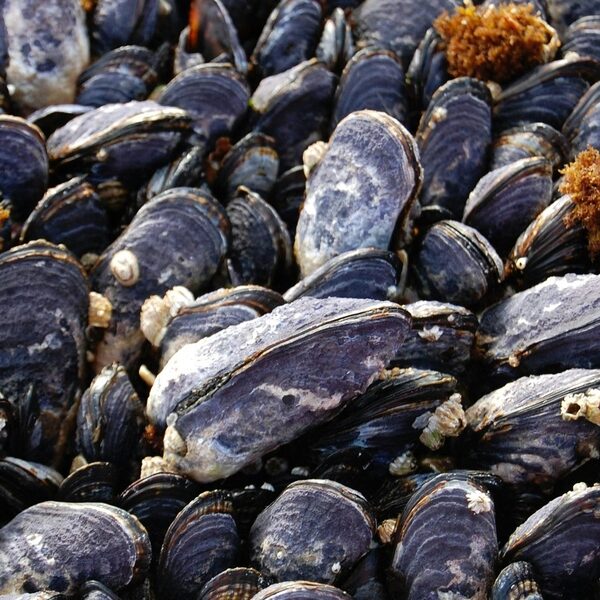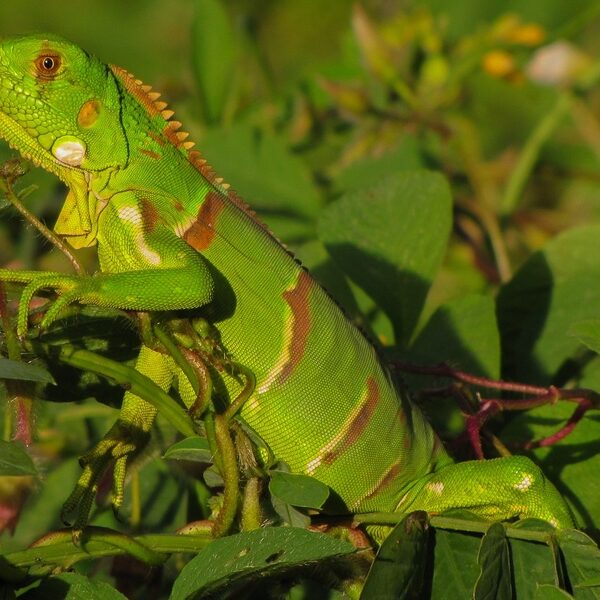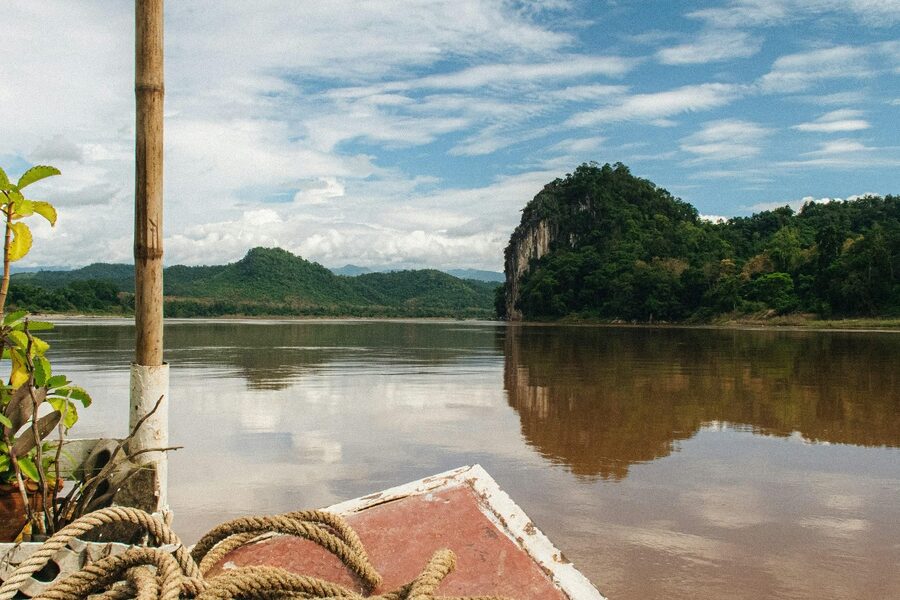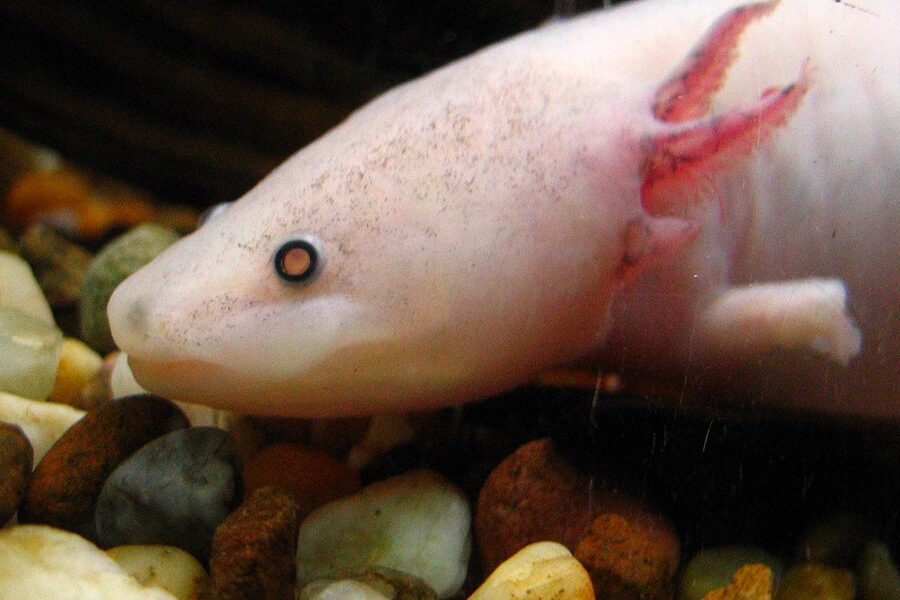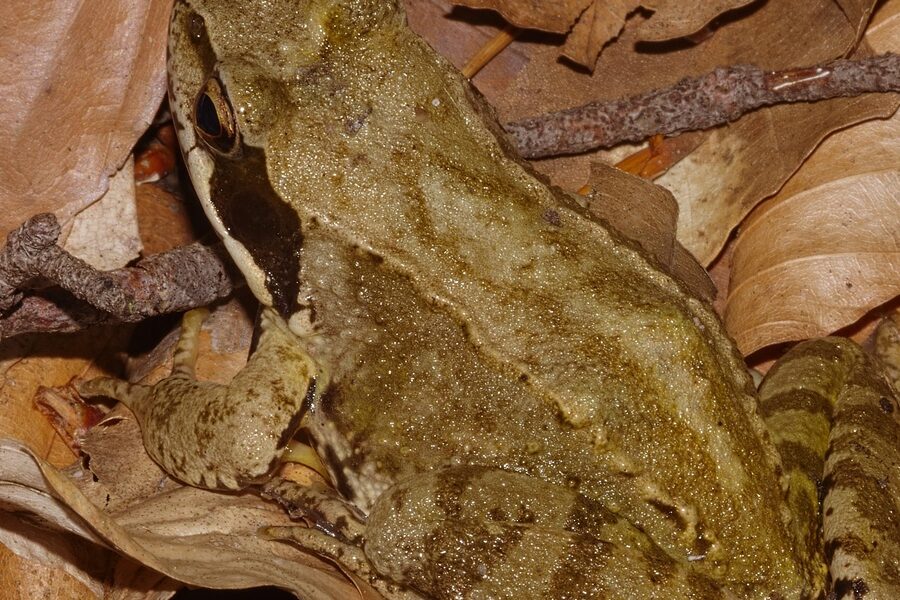Samoa’s islands combine lowland forest, mountain streams and coastal wetlands that shape the small set of amphibian species found there. These species reflect both natural island endemism and the effects of human movement across the Pacific.
There are 2 Amphibians of Samoa, ranging from Cane Toad to Wrinkled Frog; for each species you’ll find below the Scientific name, Status, Range and habitat.
Are any of these amphibians introduced to Samoa?
Yes — the Cane Toad is a widespread introduced species in the Pacific and has been recorded in Samoa, while species like the Wrinkled Frog represent the native element of the islands’ amphibian fauna; check the Status column below for introduction or native notes.
What are the main threats to Samoa’s amphibians?
Island amphibians face habitat loss from development and agriculture, pressure from invasive species, and emerging diseases such as chytrid fungi; climate impacts on freshwater habitats are also a concern, so consult the Status and Range and habitat columns below for conservation context.
Amphibians of Samoa
| Common name | Scientific name | Status | Range and habitat |
|---|---|---|---|
| Cane Toad | Rhinella marina | Introduced; Least Concern | Upolu; disturbed areas, villages, roadsides |
| Wrinkled Frog | Platymantis vitianus | Introduced; Near Threatened | Upolu, Savai’i; forests, plantations, gardens |
Images and Descriptions
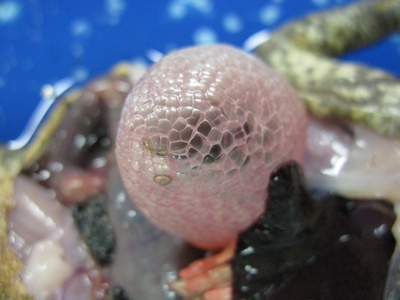
Cane Toad
A very large, warty toad introduced to control agricultural pests. It is highly toxic at all life stages and poses a serious threat to native wildlife that might try to eat it. Often seen at night near lights, hunting insects. Its presence is a major conservation concern.
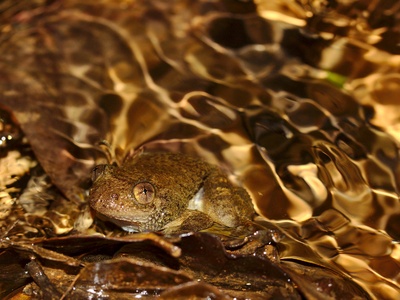
Wrinkled Frog
A large, ground-dwelling frog native to Fiji. Introduced to Samoa, it’s notable for laying eggs on land that hatch directly into froglets, skipping the tadpole stage. Listen for its distinctive chirping calls after rain. It is globally Near Threatened due to habitat loss in its native Fijian range.
